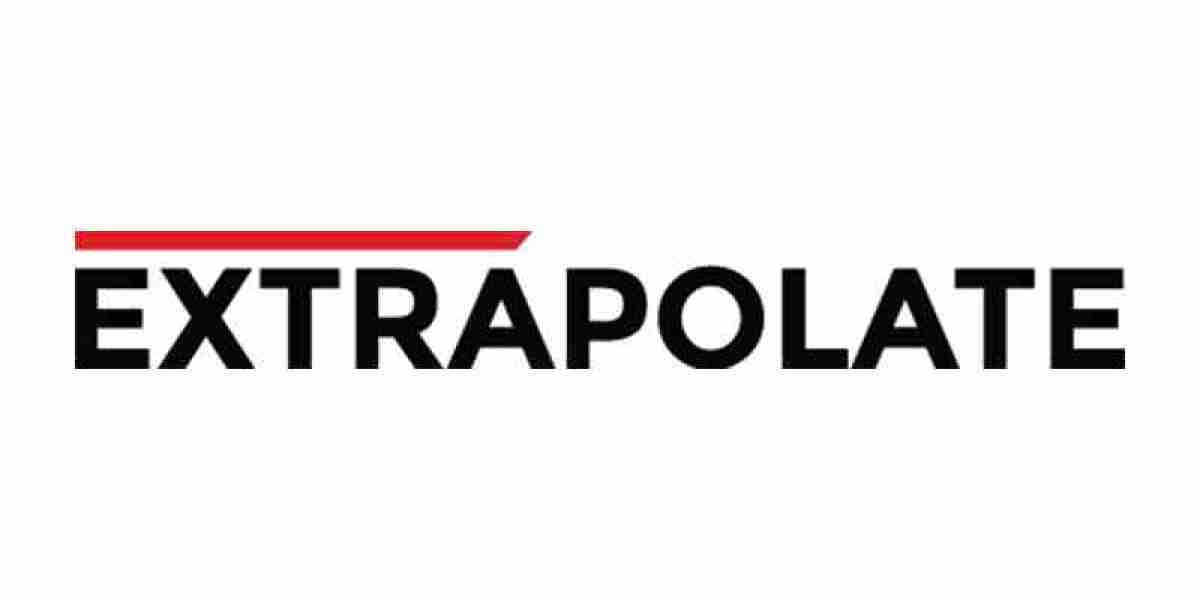Introduction
The chickpea flour market regulation plays a crucial role in ensuring the safety, quality, and legality of chickpea flour products across international markets. As demand for plant-based and gluten-free ingredients rises, understanding the legal frameworks and compliance requirements becomes increasingly important for manufacturers, distributors, and consumers alike. This blog delves into the key regulations governing chickpea flour production, focusing on food safety standards, labeling requirements, and the legal challenges companies face when entering global markets.
Food Safety Regulations for Chickpea Flour
One of the primary aspects of chickpea flour market regulation is adherence to food safety standards, which vary by region but share common objectives. Ensuring that chickpea flour is free from harmful contaminants and safe for human consumption is a top priority for regulatory bodies worldwide.
Codex Alimentarius Standards: The Codex Alimentarius, developed by the World Health Organization (WHO) and the Food and Agriculture Organization (FAO), sets international food safety standards. These standards provide guidelines for the maximum allowable levels of contaminants such as heavy metals, pesticides, and mycotoxins in food products, including chickpea flour. Countries that are members of Codex are expected to align their domestic regulations with these guidelines to ensure food safety across borders.
European Union (EU) Regulations: In the European Union, chickpea flour is regulated under the General Food Law Regulation (EC) No. 178/2002, which establishes food safety standards for all food products. Additionally, Regulation (EU) No. 1169/2011 governs food labeling, requiring manufacturers to provide clear and accurate information about ingredients, allergens, and nutritional content. For chickpea flour, this means that manufacturers must disclose any potential allergens, such as gluten cross-contamination, and provide nutritional information on the packaging.
U.S. Food and Drug Administration (FDA): In the United States, chickpea flour is regulated by the FDA under the Food, Drug, and Cosmetic Act (FDCA). The FDA ensures that food products, including chickpea flour, are produced and distributed in compliance with safety and labeling requirements. The Food Allergen Labeling and Consumer Protection Act (FALCPA) mandates that manufacturers clearly label any food allergens, such as peanuts or soy, that could be present due to cross-contact during production.
Food Safety and Standards Authority of India (FSSAI): In India, the FSSAI regulates chickpea flour production under the Food Safety and Standards Act, 2006. This regulation outlines the safety and quality standards for food products, including chickpea flour, ensuring that they are free from contaminants and adulterants. Chickpea flour producers must comply with FSSAI guidelines regarding hygiene, storage conditions, and labeling requirements, particularly for gluten-free claims.
Labeling and Transparency Requirements
Food labeling is a critical element of chickpea flour regulation, as it informs consumers about the product’s ingredients, nutritional content, and potential allergens. Different regions have varying labeling requirements, and compliance with these laws is essential for manufacturers aiming to enter global markets.
Gluten-Free Labeling: One of the most important labeling requirements for chickpea flour is the claim of being "gluten-free." In the EU, for instance, products labeled as gluten-free must meet the criteria outlined in Regulation (EC) No. 41/2009, which mandates that the product must contain less than 20 parts per million (ppm) of gluten. Similarly, in the U.S., the FDA requires that any product labeled gluten-free must meet the standards set forth in 21 CFR 101.91, which also limits gluten content to less than 20 ppm.
Nutritional Labeling: Many countries require chickpea flour manufacturers to provide detailed nutritional information on product labels. This includes the listing of calories, fat, protein, carbohydrate content, and other key nutrients. For example, the FDA in the U.S. mandates that all packaged foods, including chickpea flour, carry a Nutrition Facts panel, while the EU requires similar disclosures under Regulation (EU) No. 1169/2011.
Organic and Non-GMO Claims: As consumer demand for organic and non-GMO products rises, regulatory bodies have put frameworks in place to protect consumers from misleading claims. In the EU, organic chickpea flour must meet the standards set by Regulation (EU) 834/2007, which governs organic farming practices. In the U.S., the National Organic Program (NOP) regulates organic labeling, ensuring that chickpea flour meets the USDA’s standards for organic certification.
International Trade and Compliance Challenges
For chickpea flour producers looking to expand internationally, understanding the regulatory differences between markets is essential for successful trade. While the EU, U.S., and India have robust regulatory frameworks, other regions may have varying standards, posing challenges for market entry.
Tariffs and Import Regulations: Different countries impose tariffs and import restrictions on food products, including chickpea flour. These barriers can affect the cost and accessibility of chickpea flour in international markets. Producers must navigate these regulations to ensure smooth cross-border trade, which may require obtaining specific certifications, such as GlobalG.A.P. (Good Agricultural Practice) or Fair Trade certifications, to meet local market requirements.
Supply Chain Transparency: As consumer demand for transparency and sustainability grows, regulatory bodies are increasingly requiring companies to demonstrate traceability in their supply chains. This includes disclosing the origins of the chickpeas used to produce flour and ensuring that manufacturing processes adhere to ethical and sustainable practices. Companies that fail to comply with these regulations may face penalties, fines, or reputational damage.
Conclusion
The chickpea flour market regulation plays a pivotal role in ensuring that chickpea flour products meet the safety, quality, and labeling standards required by different countries. Understanding the legal frameworks and compliance requirements in key markets such as the EU, U.S., and India is essential for manufacturers to ensure their products are legally compliant and meet consumer expectations. As the demand for chickpea flour continues to grow globally, staying informed about regulatory changes and ensuring compliance will be key for companies looking to expand their market presence and build consumer trust.




